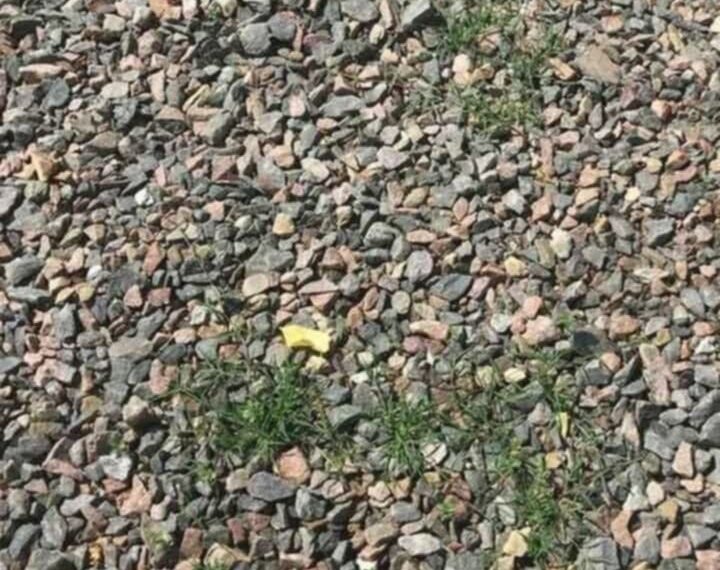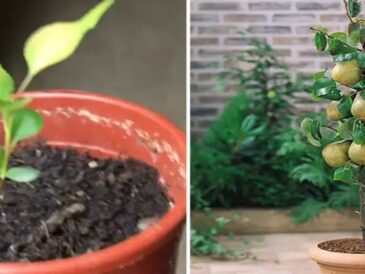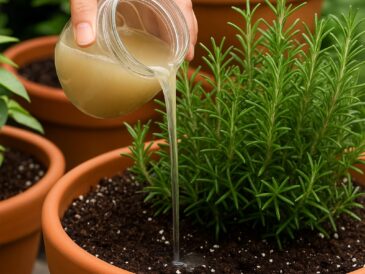5. Boiling Water Method
For eco-conscious gardeners, pouring boiling water directly on weeds can kill them instantly—roots and all.
- Ideal for gravel paths with no nearby grass or plants.
- Repeat weekly in infested areas.
6. Apply a Thick Layer of Gravel
A thicker gravel layer (3–5 inches) reduces sunlight exposure and creates a harsher environment for weeds to thrive.
- Use angular gravel (like crushed stone) instead of rounded gravel to lock pieces together better and prevent weed growth.
7. Flame Weeder (for the Adventurous)
A flame weeder is a torch tool that burns weeds using propane. It’s very effective but must be used with caution.
- Best used on non-flammable surfaces.
- Avoid during dry or windy weather.
🔁 Maintenance Is Key
Even with preventive steps, some weeds may still appear. Regular maintenance ensures they don’t become a problem:
- Pull small weeds by hand as soon as you spot them.
- Reseal gaps between gravel and hardscape borders.
- Refresh your gravel every 1–2 years.
📚 Backed by Science
Studies from institutions like the University of California’s Integrated Pest Management Program confirm that integrated weed management—combining physical barriers, cultural practices, and minimal chemical use—is the most effective long-term strategy for managing gravel weeds.
A 2020 study published in Weed Technology also highlights how landscape fabric plus mulch (gravel in this case) significantly reduces weed biomass compared to mulch alone.
📝 Final Thoughts
Gravel areas don’t have to be a constant battleground with weeds. By combining physical barriers, natural remedies, and consistent maintenance, you can enjoy a clean, attractive, and low-maintenance gravel space all year long.




